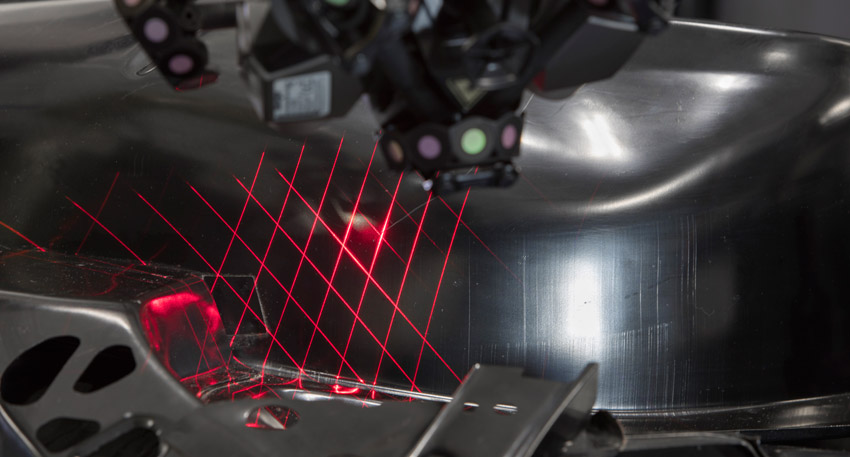October 24, 2024
3 Simple Tests to Recognize High-Quality 3D Scanners with no Calibrated Artifacts Required See the articleOne of the major factor that is often dismissed, but can have significant impact on the total measuring time, is the sensibility of surface finishes from 3D scanners. When talking about automated inspection solution, cycle time is always a key metric in the choice of a new technology. However, to calculate the true cycle time of a process correctly, it’s not enough to look only at the measurement rate of 3D scanners.
For operators on the shop floor, the most impactful parameter of their performance is a combination of the measurement rate with scanning area. Studying these two parameters at the same time give users a realistic 3D scanning experience. Once you know accurately how much time it takes to scan 1 square meters, it’s much easier to scale that efficiency for several part type and families.
What are your main productivity issues
on your automated quality control process?
Speed, Labor,
Complexity
However, to calculate the true cycle time for a complete operation, it’s critical to measure the time required to prepare the part and to clean it after the measurements. In fact, knowing if a part needs to be painted or if it requires powder to cover the surface finish is also a key factor in evaluating what to choose as 3D metrology technology as it will require human resources to complete theses additional operations.
Typically, area-based scanner or structured light 3D scanners are extremely sensitive to surface finish. The volumetric accuracy is often directly affected if users scan black, white, or shiny material. To avoid such impact to the scanner performances, it sometimes requires preparing the part before scanning it. When doing such preparation, it’s important to remember that cleaning the part after will also be required, both manual operations that need to be carried out within the production cycle time. When keeping up with production pace is not possible, moving to better technology may be interesting.
These days, the best 3D scanners in the world can deal with different surface materials and surface finishes without having to apply any powder or paint before launching the acquisition. Not only do they provide the best 3D scanning experience (points per second combined with scanning area), it’s the best solution to tackle various part sizes, shapes, and surface finishes.








